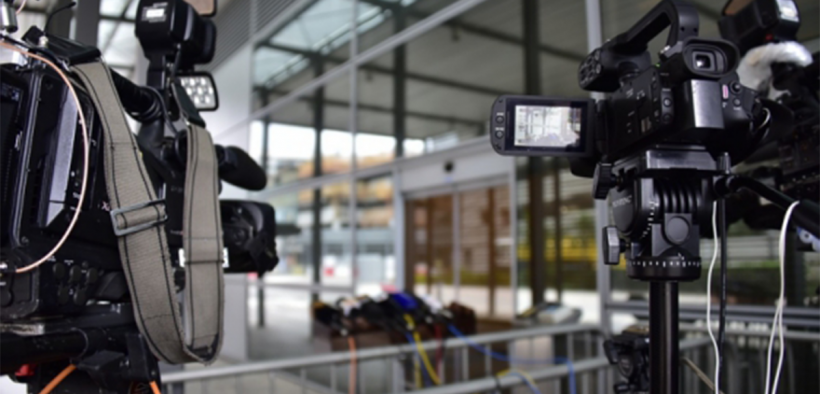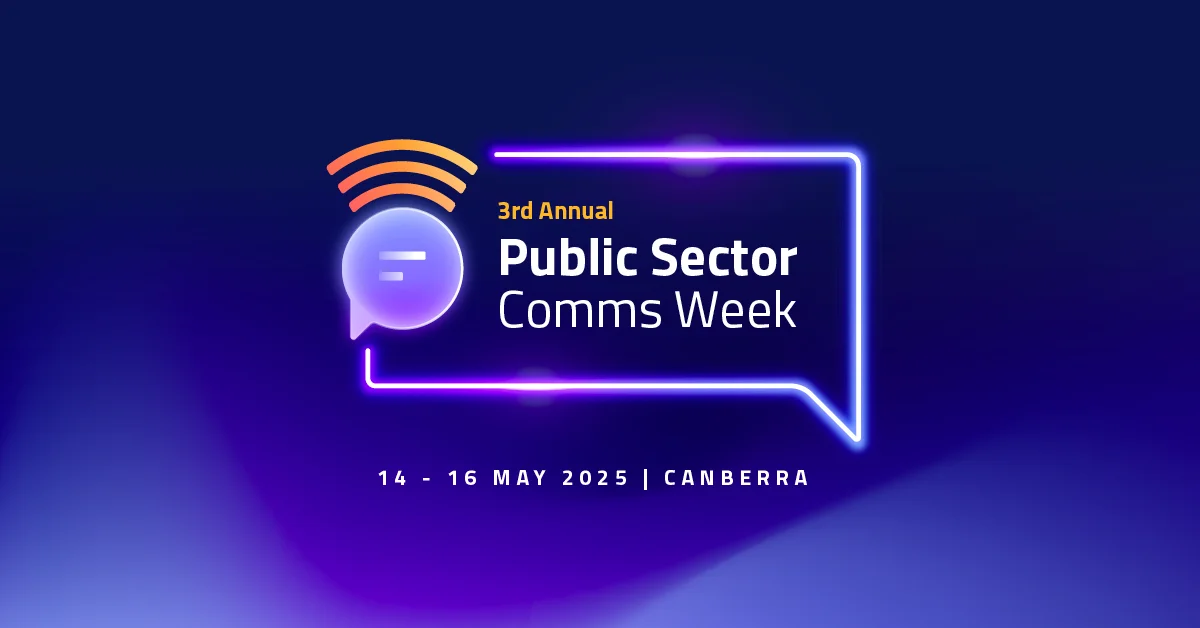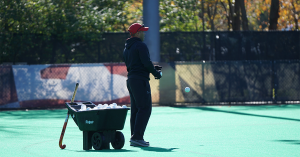Five things executives can do to improve their media performance
Share

Appearing in front of a camera or a journalist is not the most comfortable experience for most executives. Even the most seasoned campaigners have confided in me that they still feel a frisson of anxiety every time they are interviewed – after all, it’s your personal and company brand on the line.
The good news is that there are some fundamental steps every executive can take to vastly improve their performance.
In my 27 years in the industry, I have media coached over 1,000 CEOs and executives. I never tire of it because each session is different, each candidate brings fresh energy and something new to the interview, and we operate in an ever-changing media landscape.
That said there are some key media performance traits that surface time and again. Here are five and what you can do about them.
1. Body language counts
The key one is eye contact. I’m constantly amazed at how many people in front of a camera don’t maintain eye contact with the interviewer. It applies as much in a print or radio interview. Think about how you feel and what you think of a work colleague, family member or friend when their eyes are shifting all over the place and then ask why it should be any different from how the audience or journalists feel watching you.
The second part of this is your body position. This is particularly relevant for a TV interview – slouching, lying back in your chair, tilting your head, leaning, swivelling are all interview killers. Simply sit up straight, with your behind firmly against the back of the seat, both feet on the ground and lean slightly forward from the waist. The difference this makes to your appearance as we watch you are marked.
2. Dress the part
If you’re a banker we want to trust you with our money – your dress should reflect that. If you’re a builder and you’re onsite maybe a suit and tie don’t quite cut it. And get rid of anything that detracts from what you are saying e.g. pens in the top pocket, your funny tie, and for women those oversized earrings or noisy bangles.
Trivial? Possibly but not when you consider the research about how and what people judge executives on when they first see them.
3. Yes, messages are great but do you have a story?
Key messages, elevator pitches, whatever you want to call them are important but in my experience, they are often over-sanitised corporate speak. The best media performers I’ve had the pleasure of coaching have had the ability to weave their messages into a great story.
The good news is that this is easily learned, simply include appropriate personal anecdotes, examples and great case studies and your messages will come to life. Imagine recounting over dinner your day to your kids via a set of key messages – they’ll very quickly let you know that they’re bored.
4. Take control
Most people are led by the interviewer and by the end of the interview they haven’t yet told their story. Taking control simply means finding the appropriate time to tell your story and preferably earlier rather than later.
This doesn’t mean completely ignoring the question and launching into your pre-prepared story on how good your product is. Instead, it is about acknowledging and answering the question all the time looking for the relevant segue into what you want to say.
5. Get into the ‘interview groove’
Busy executives often go from one meeting to the next one of which happens to be a media interview. You walk in and your mind is on a host of other matters, suddenly the journalist is an imposition with the result that you take three to five questions to warm up.
You don’t have the luxury of warming and even less so if you are on camera. Instead set aside 15 minutes before every interview during which someone in your media team fires a number of questions at you. The result is you will enter the interview and hit the ground running from the very first question.
It would be great if media coaching was as simple as that. There are numerous other hints and tips to share but I’ve picked some which, if achieved, will have a positive impact on your performance.
Finally, remember that preparation is key. I had the pleasure of media coaching a CEO of one of Australia’s most successful companies, who also happened to be a very good media performer but yet he would still book in a time for a media coaching refresher. His view was that complacency when it comes to media is dangerous and that you can never be over-prepared.
This article originally appeared on the author’s LinkedIn page.
Craig has 30 years’ experience advising major corporations and senior executives in Australia and South Africa on their reputation in good times and bad. Much of that time has been spent working in the trenches with boards, management teams and in-house communication teams assisting them with issues and crisis preparation and management, media coaching and media relations, communication strategy, social media strategy and thought leadership.
This work has included a cross section of sectors such as: financial services, professional services, education, medical devices, property and construction, FMCG, telecoms, tech as well as various government sectors.
He is passionate about exploring the multi facets of reputation and especially how corporate culture often causes the biggest reputational risks. Related to this, SenateSHJ produces the Reputation Reality Report annually; a qualitative insight into what senior executives in Australia and New Zealand think about risk and reputation, where the biggest risks lie and what they are doing about it.
Craig is the author of two ebooks and two published books on thought leadership: #Thought Leadership Tweet – 140 Prompts for Designing and Executing an Effective Thought Leadership Campaign and Brand Stand: Seven Steps to Thought Leadership. Through this work he has evolved a bespoke thought leadership methodology which helps companies develop their point of view and take it to market.



















